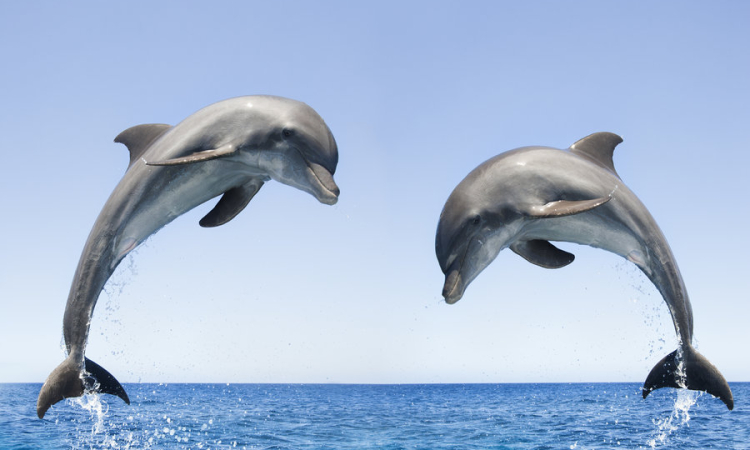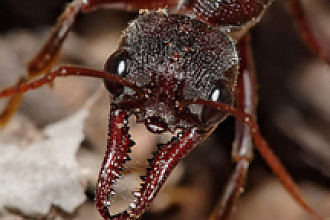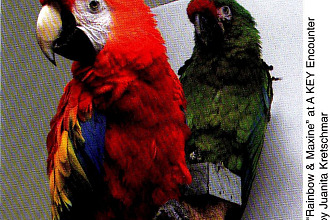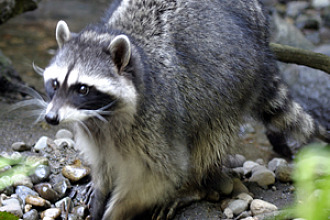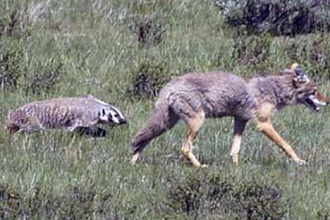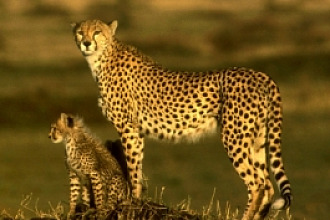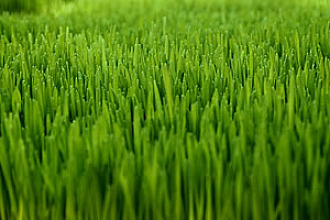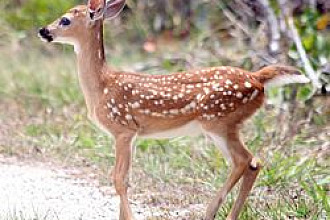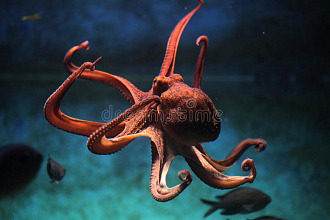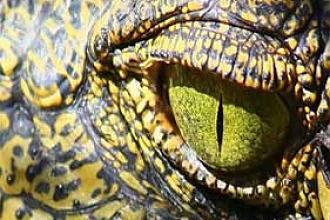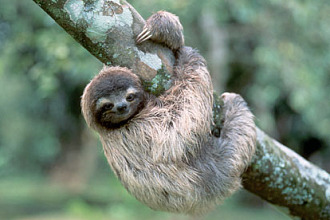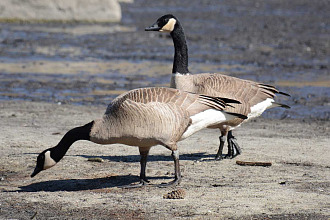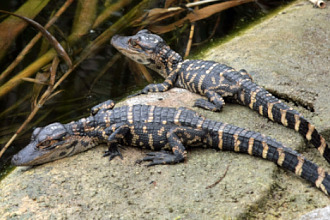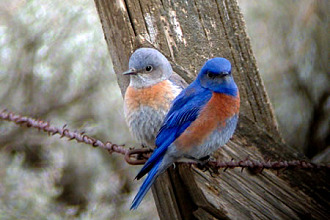One very real need for every creature is to stay alive and, for this, one needs to breathe. For us, breathing is automatic. But not for a dolphin.
Their breathing is voluntary—under their own control. So how do they stay alive while asleep? The Creator's answer is clever. Only half their brain sleeps at any given time! The other half (hemisphere) stays awake, able to make the decision when to breathe! It's a not-by-accident design for this mammal that about every two minutes takes a breath through its blow hole.
The smooth skin given the dolphin is a great aid for its fast swimming, and they do need to swim rapidly to locate prey or escape predators. But skin can get rough and scarred easily. The not-by-accident solution wasn't hard for God. The outmost layer of the bottleneck dolphin's skin is sloughed off every two hours! (That's nine times faster than the renewal of our skin!) They understand they'll obtain their greatest speed by a series of leaps, at times of great height, so they spend as little time as possible under the water! This is known as "running." (The bottleneck has also been seen diving as deep as 500 meters—that's over 1,600 feet!).
Their echolocation mechanism is a truly intricate not-by-accident design from their Maker. When the dolphin needs to determine what is in its path, he uses a steady series of clicks (pulses of broadband ultrasonic sound) that are produced in the dolphin's nasal passages and focused in a large organ called the "melon" in the dolphin's fore¬head. They are then sent as a directional beam from the blow hole. Since sound waves move 41/ times faster through water than air, the sound strikes the object, and a portion of the signal bounces back to the dolphin's receiver antennae—their boney lower jaw. That jaw "receiver" transmits the signals to the inner ear that converts them into nerve impulses that are sent to the brain. The information is processed and the dolphin can determine the distance, size, shape and direction of movement of any prey or predator. Those clicks are not-by-accident transmissions that meet the needs of these huge creatures whose lives are spent for the most part in a dark, murky, underwa¬ter environment where vision is inadequate due to lack of light—but sound is not hampered! (Their other sound—their whistles—are in the FM range and give dolphins their "signature" call, being unique to the individual dolphin and useful for communication between themselves.)
We know the Creator gave these warm-blooded creatures special intelligence. They have been observed teaching younger dolphins to pluck off pieces of sponge and wrap it around the tip of their "rostrum" (the protruding snout-like mouth area) so that when they are searching for food on the sea floor, the sponge protects them from abra¬sions! That technology is not an inherited instinct, but a taught behavior! And it's not by accident that these powerful creatures care for one another when in trouble. In fact when another dolphin is injured or dying, stronger dolphins have been known to come to its aid, together lifting the troubled dolphin to the surface of the water, sup¬porting it so it can breathe. We don't know exactly what feelings the dolphins have, but we know the feeling of their Creator for them. It is love. He has that for all His crea¬tures and in particular for humans since He became one with us to save us. Praise Him!
"NOT BY ACCIDENT" (c) Juanita Kretschmar is used by permission and was first published in the book "Not By Accident 2" page 17
Picture originally found here

